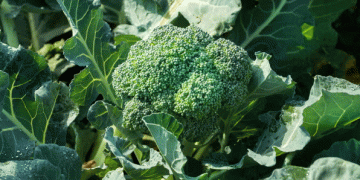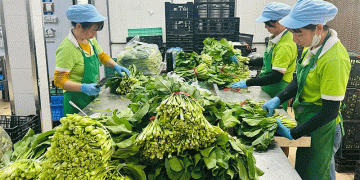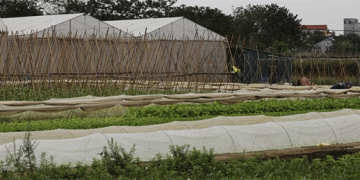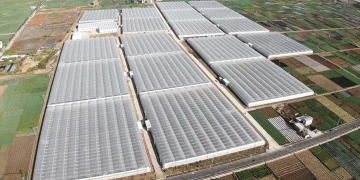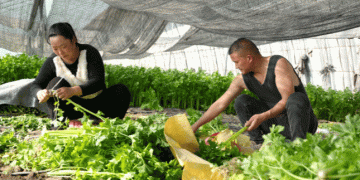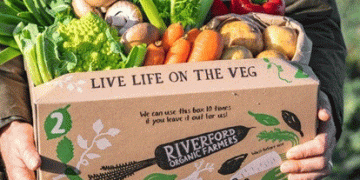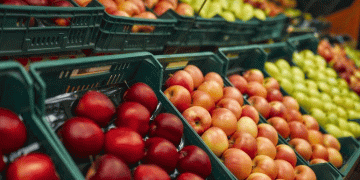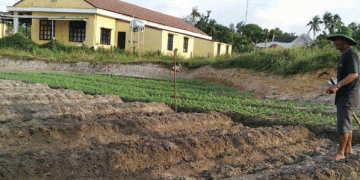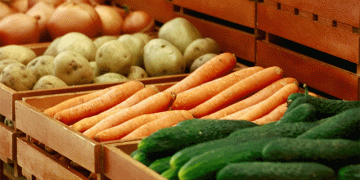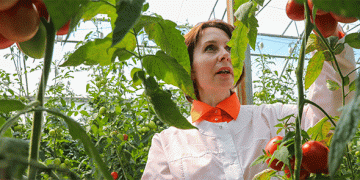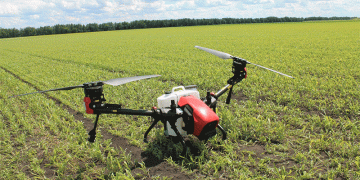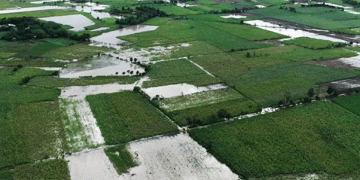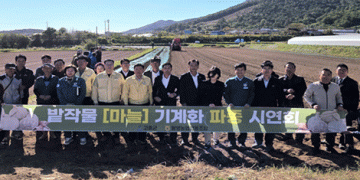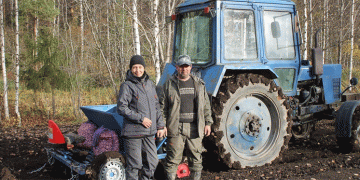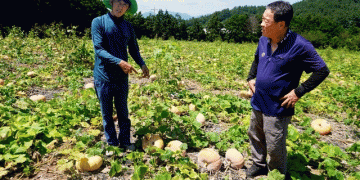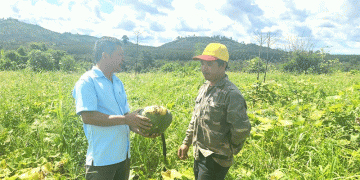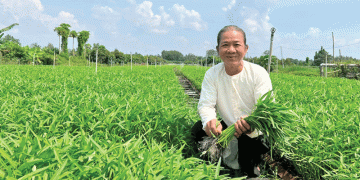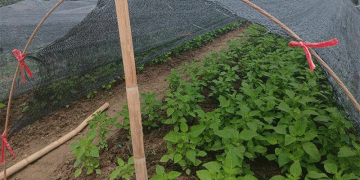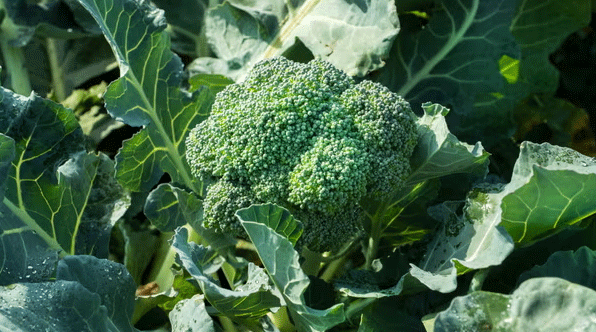A Spring Without Brassicas? The “Hungry Gap” Just Got Worse
UK farmers are bracing for a significant shortage of broccoli and cauliflower this spring, with disruptions already being felt across the brassica sector. Growers from both the UK and Spain—the two main suppliers of winter and early spring brassicas—report climate-related setbacks that have thrown planting and harvesting schedules off track.
The issue comes at a critical time: the UK’s “hungry gap”, a seasonal lull in domestic crop availability from April to early June, is becoming harder to manage each year. Traditionally a quiet window between the end of winter crops and the beginning of spring plantings, the hungry gap is now being exacerbated by extreme weather events fueled by climate change.
What’s Causing the Shortage?
1. Mild Winters and Premature Crop Development
According to the UK Met Office, average winter temperatures have been rising, and cold spells—crucial for synchronizing flowering in crops like cauliflower—are less frequent and less intense. The result? Crops flower ahead of schedule, reducing market availability during spring.
Guy Barter, Chief Horticulturist at the Royal Horticultural Society, noted that cauliflowers in Surrey were ready months early due to a mild autumn and unusually wet summer, which accelerated growth and disrupted the plants’ natural chilling-dependent flowering schedule.
2. Heavy Rainfall and Crop Loss
Autumn 2023 saw record-breaking rainfall in parts of the UK and southern Europe. In the UK, this led to slug infestations, pigeon damage, and even total crop loss in some fields, as reported by RHS horticulturist Peter Adams in Devon. In Spain, a major supplier of winter broccoli, flooding delayed planting and reduced crop quality, pushing back harvest timelines and threatening a supply gap.
3. Climate Change as a Long-Term Risk
The UK Met Office has confirmed that climate change is not only making winters milder but also increasing the frequency of extreme rainfall—a dangerous combination for cool-weather crops like brassicas. A 2024 report from the European Environment Agency warns that over 30% of European farmland is now exposed to high risk from flooding or drought, posing major challenges for vegetable supply chains.
Can Anything Fill the Gap?
While brassica availability is tightening, some alternatives are holding up. Agronomist Hannah Croft from Riverford notes that spring greens and protected cabbages have performed well under netting and are expected to be available from January through April. These crops, along with overwintered kale, may help partially offset the shortfall in cauliflower and broccoli.
However, these substitutes may not meet demand in food processing or retail sectors that rely on specific crop volumes and consistent sizes.
The 2025 brassica shortage is more than just a seasonal hiccup—it’s a warning signal for the future of UK vegetable farming. As climate patterns shift, growers are increasingly vulnerable to mismatched growth cycles, crop damage, and supply instability. Without significant investment in climate-adaptive farming techniques, protected cropping systems, and diversified planting strategies, such shortages are likely to become the new norm rather than the exception.
Farmers, researchers, and policymakers must act together to ensure that the “hungry gap” doesn’t grow into a full-fledged crisis for food security and farm viability.
